Story by Devathas Satianathan and Colin Tung
Padang, Sunday, September 5, 2011 — A few elite local runners found themselves left out of the top ranks of the Men’s Closed category at the 20th Army Half Marathon (AHM) over the weekend.
Instead of finishing second and third respectively in the Men’s Closed category, Soh Rui Yong and Ashley Liew found themselves ranked in the Men’s Open category. The Closed category is only for Singaporeans and Permanent Residents.
Some runners also found the route to be about 700m less than the expected 21.1km.
There was also a stark difference between the gun and net times for the elite local runners. This is unusual as they started their race at the head of the pack.
Categorisation
There was initial puzzlement when Soh Rui Yong and Ashley Liew were missing from the top rankings of the Men’s Closed category.
Upon further scrutiny, they discovered that their names were instead included in the Men’s Open category together with the foreign army runners.
The race organisers had, for some reason, categorised all the individual Singapore Armed Forces (SAF) army formation runners, who are all Singaporeans and Permanent Residents, in the Men’s Open category alongside the runners from the foreign armies.
This was despite the separation of teams put up by the various SAF army formations from the international army teams in distinct team competitions. The teams from Singapore competed in the “Army Formation” category while the teams from the international armies competed in the “International Militaries” category.
Rui Yong, 20, said: “We shouldn’t be separated from other local runners just because we are running for our unit. Last year, I was also running for Armour (formation) and I was eligible under the Men’s Closed category.
“For (sic) the moment, our units are not competing against foreign armies (within the team competition). If we want to do that, then we should form a ‘Singapore Army’ team (consisting of the best runners from all the army units). Even if there is such a team to compete against the foreign armies in a team category, I still believe the individual runners should be allowed to place within the Closed category against other locals.”
Ashley, who was upset at what he terms an “unfair categorisation,” said: “This (the categorisation of Singapore Armed Forces formation runners in the Open category) was not the case in the previous year. If this remains, I believe top local runners would not even bother representing their army units.”
Alex Ong, the Men’s Closed category runner-up, also expressed his surprise at the results. He was the eighth-fastest local but found himself officially placing second in the Men’s Closed category because all the runners ahead of him, except for winner, Mok Ying Ren, were categorised under the Men’s Open because they were representing their army formations. Alex was not representing any army formation at the AHM.
Alex, an undergraduate, who won $1000 in cash and a camera, said: “I knew that there were a few local runners who finished ahead of me. I only realised (they) were not considered under the Closed category after a friend pointed it out to me. It must have been very disappointing for them.”
Appeals to the organiser to recategorise the runners from the respective army formations to the Men’s Closed category proved futile.
Course Distance and Kilometre Markers
The expected 21km — or 21.0975km to be accurate — route turned out to be shorter, according to several runners who had worn GPS-enabled watches during the run.
One of them, the winner of the Men’s Closed category, 5000m national record holder Mok Ying Ren, said his watch reflected the route as 20.4km, short by 700m. Ang Chee Yong, the sixth-fastest local with a net time of 1:15:08.30, also recorded 20.4km on his watch.
Rui Yong, who posted a net time of 1:12:53.85, said: “It was anti-climactic. It was very disappointing to go home without a proper half marathon timing.”
When asked how he knew the race distance was shorter than the half marathon distance, Rui Yong, whose previous personal best was 1:19:46, explained: “I feel that it’s definitely short because judging from the pace (3:30-3:35 min. per kilometre) I was going, it just didn’t make sense for me to go below 1:13.”
While the course distance was one problem, there was also the bugbear of misleading distance markers.
For athletes following a target pace, their split times suggested that the distance markers were inaccurately positioned. Some were off by up to 600 metres.
Gun Times
There are two times in a race — the net time and the gun time. While the net time only starts when the runner crosses the start line, the gun time is measured from the start signal.
The official race results reflect the gun times of almost all runners as over one-and-a-half minutes slower than their net times.
The writers of this article, having started the race up front (third or fourth row), could not have had their gun times over one-and-a-half minutes slower than their net times when they had crossed the start line almost as soon as the starting horn had gone off.
The inaccuracy of the gun times — being the official finish time for the purpose of official results and team scores in accordance with International Association of Athletics Federations (IAAF) rules — detracts from the achievements of the runners.
No reason has been offered for the difference between the gun and net times even as runners speculate.
Ashley wonders if it might be “some miscommunication between the starter and timer” while Rui Yong wonders if it might be to “make up for the shortfall in the race distance (and) to give a more accurate impression of finish times.”
Course Safety
Parts of the course, even at critical bends in the course, were poorly lit with what appeared to be cyalume sticks.
Fang Jianyong, a runner for 9 Division and who was the tenth local, said: “The route… was without proper lighting (and) definitely poses difficulty for top athletes who are running through the turns at race speed.”
He added there was also an “increased risk of falling” due to the poor lighting of the course, which was sometimes narrow and traversed uneven grounds.
Official Statement from Organising Committee
Men’s Closed (for Singaporeans and Permanent Residents) Results
1. Mok Ying Ren — 1 hour 10 minutes 27.80 seconds (net finish), 1 hour 12 minutes 10.15 seconds (gun finish)
2. Ong Seng Lee Alex — 1:16:24.80, 1:18:08.00
3. Girider Swaminathan — 1:18:11.80, 1:19:52.40
4. Ramesh Palaniandy — 1:21:52.80, 1:23:33.15
5. Ning Wenlong — 1:22:38.30, 1:24:19.50
6. Lim Wei Kiat Kenneth — 1:22:35.05, 1:24:21.45
7. Wong Ken Mun — 1:23:53.00, 1:25:41.00
8. Neo Bok Leng Andy — 1:24:10.85, 1:25:52.30
9. Norman Lim Fangxuan — 1:24:22.25, 1:26:29.65
10. Li Zhongyi Joshua — 1:24:56.20, 1:26:39.50
What the results would look like if they included the local men representing their army formations in the Men’s Open
1. Mok Ying Ren — 1:10:27.80, 1:12:10.15
2. Soh Rui Yong — 1:12:53.85, 1:14:35.40
3. Ashley Liew Wei Yen — 1:12:57.70, 1:14:39.80
4. Devathas Satianathan — 1:14:38.10, 1:16:18.60
5. Colin Tung — 1:14:51.20, 1:16:31.70
6. Ang Chee Yong — 1:15:08.30, 1:16:48.30
7. Chua Chin Yang — 1:16:25.30, 1:18:07.40
8. Ong Seng Lee Alex — 1:16:24.80, 1:18:08.00
9. Ho Ghim Khoon — 1:16:46.50, 1:18:28.05
10. Fang Jian Yong — 1:17:07.80, 1:18:48.75

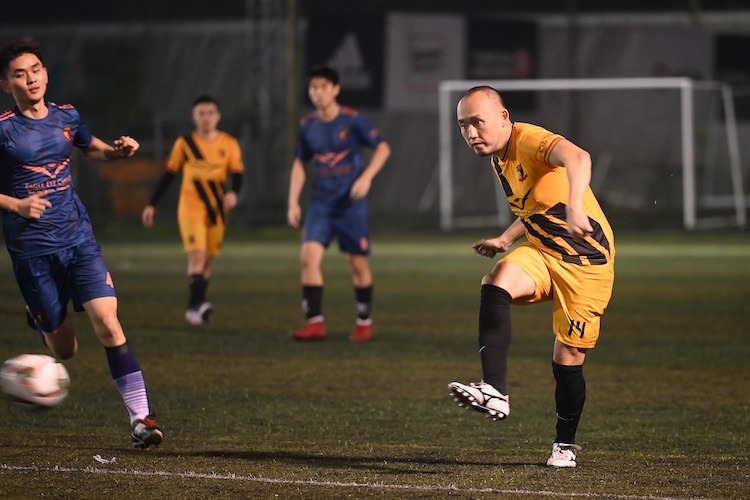
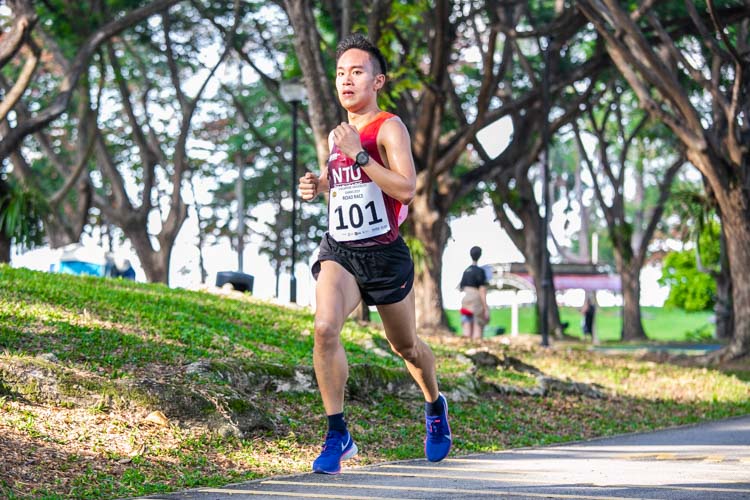
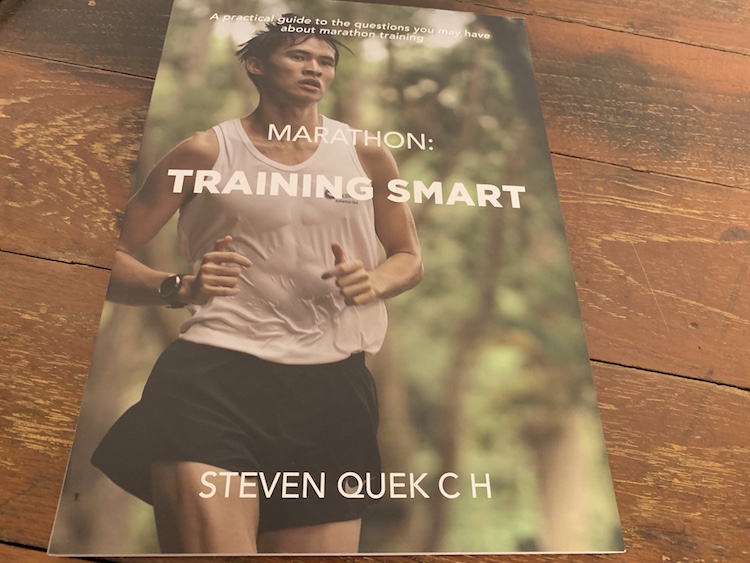
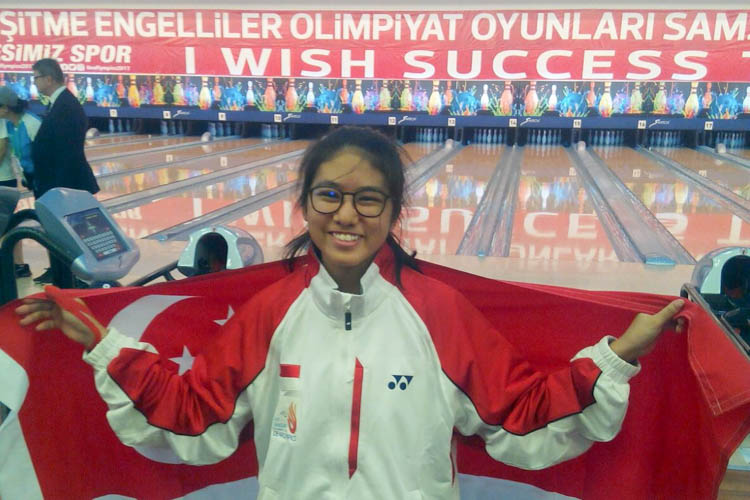
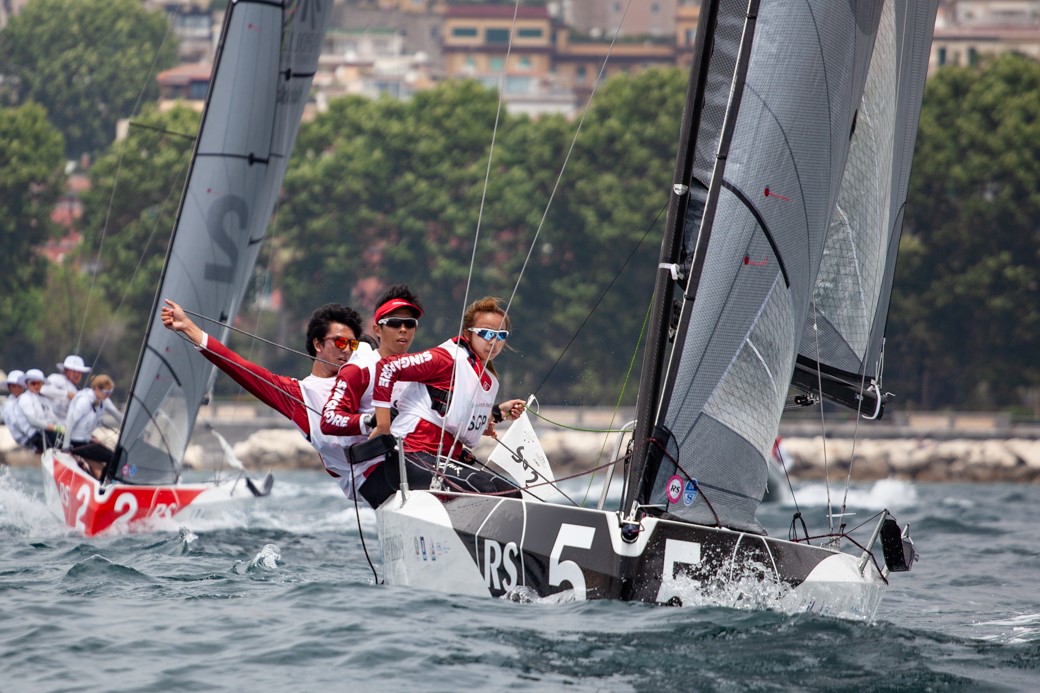
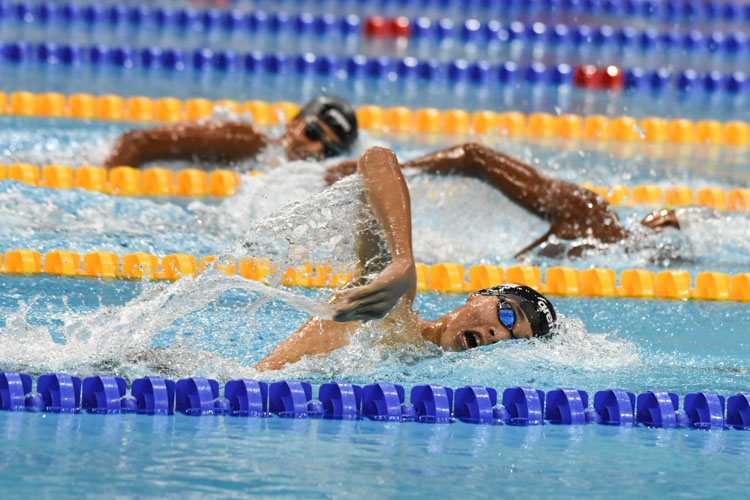
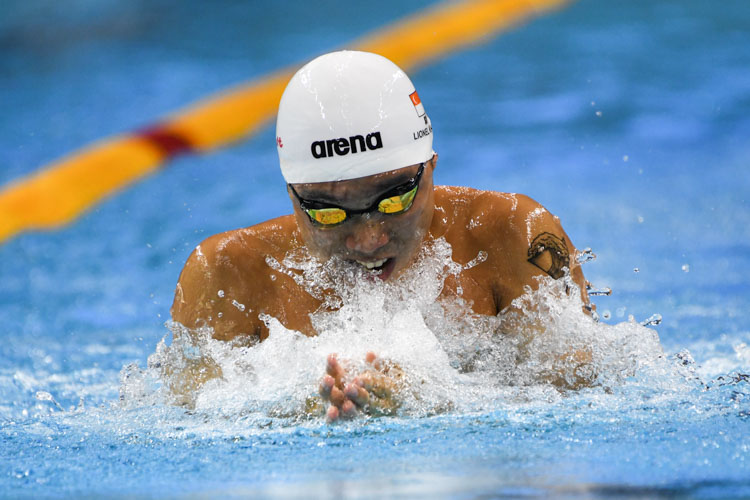
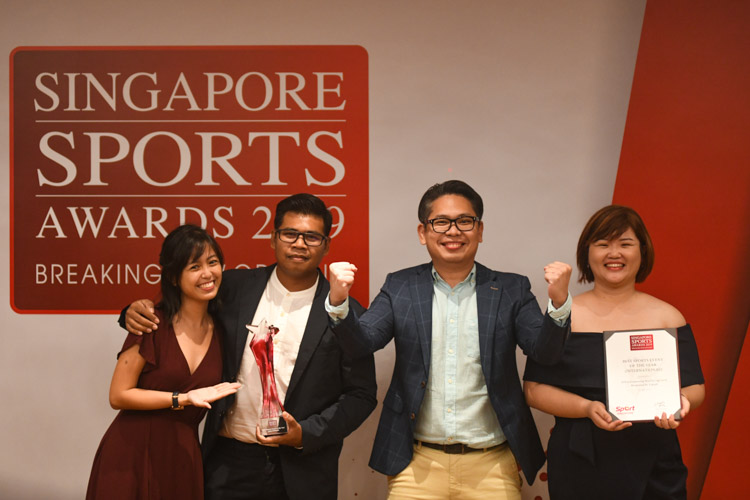
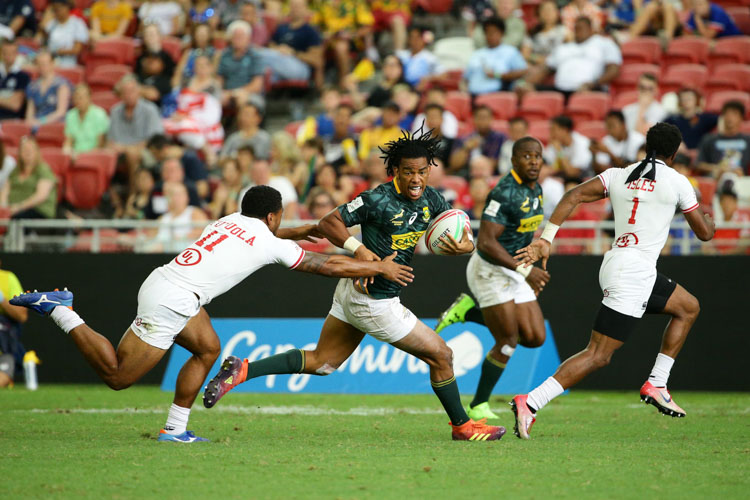
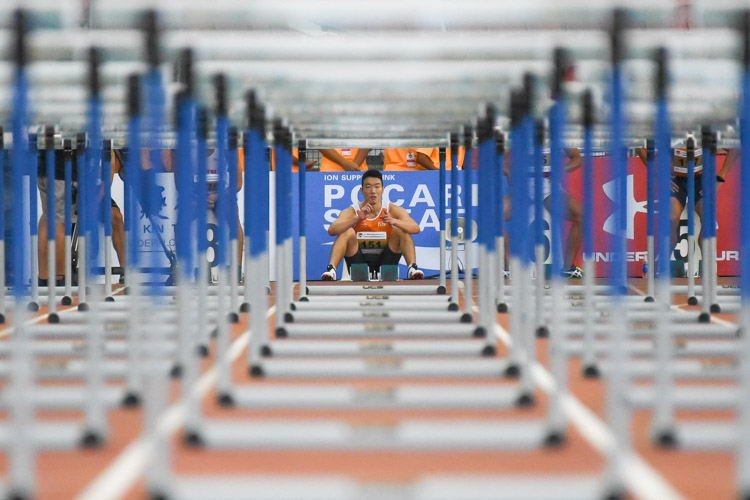
I must put on record that the AHM 2011 is one of the most enjoyable race ever in Singapore for me. .
For next year do improve on distance markers and actual total distance.
But really thank you SAFRA and all organizers,army personal and support staffs for putting up a great race though humanly not possible to be perfect.The belly dancers and Bangra music where SIMPLY the Best and an insipiration.
Hi, I agree with Infairness that the level of organization is one of the best for all the editions of AHM, except the issue with the wrongly placed distance markers, which actually happened twice or thrice before in the years between 2000 and now. I remembered 2005, 2006 there was a similar issue of wrongly placed distance markers and an abrupt course. There was also the case of wrongly categorized runners in Men’s Open then. These issues are old and not new, and it disappeared from 2007 to 2010, but from time to time, it reappears for reasons understandable: the SAF is not perfect, no managing committee is perfect, people make mistakes from time to time, much less when the managing committee of AHM changes every few year(s), and the blueprint for good AHM organization isn’t perfectly handed over to new organizing army units.
Regarding distance issues, we cannot blame the Army because they aren’t the IAAF or bodies under IAAF such as SAAA and SSC who have IAAF trained personnel to measure distance and correctly place signboards. The Army doesn’t have such people and I don’t think the Army has the cheek to seek the help of SAAA and SSC to learn from them the art of delineating distance because that would only mean our SAF is hopeless and good for nothing. The Army wants to do it themselves, so we have to be ready for error and ready to forgive error.
There is no point feeding the blame-game. There wasn’t like a 5km or even 2km shortage of course, which would be felony for distance runners if it ever happened, so why fret like 700m has changed the lives of all elite runners in Singapore forever. No it hasn’t, no local elite runner complained of clinical psychological trauma at the knowledge of an abrupt course, there was only plain disappointment and let down, understandably, but nothing that warrants frantic behavior that demands penalizing the organization committee in some sort of manner the victims had steadfastly demanded.
700 meters is all there is. Calculate your individual pace and project the 21.1km time from your 20.4km time, it cannot be too different after all. It’s near the end of the race and your energy stores are likely on the verge of depletion. For elite runners an abrupt change of pace to be significantly faster is unlikely to happen at that stage, so projecting your 21.1km time based on overall pace is the best idea. If Mok ran 1:10:27 for 20.4km he is probably going to finish in 1:12:37 thereabouts. If Ruiyong ran 1:12:53 for 20.4km, he is probably going to finish in 1:15:15, and the rest ditto. Simple as ABC.
Of course I understand the value of a concrete official timing, and elite runners are especially vulnerable to the knowledge of that God. To them, it is the alpha and omega, the beginning and end of everything they have trained, worked for. That is reasonable for a start. But when we proceed to think that running is all about how it feels, the moment, the present of all, you would then begin to understand why true runners would rather feel so good but run a slightly slower time, than feel so terrible with a faster time at hand. Precisely because running is an art with no four walls, to each his own sensation and enjoyment that he most makes for pleasure during a run; while time was never art so much as metric. Time is constrain that true runners would choose to do and even live without if given a choice, because to them its preoccupation in their conscious minds becomes a fearful imaginary creature to which they balk. It has become more of an object of stress than rest, in times when running can and should bring rest and carefree and momentary disobedience to every man’s and woman’s minds and souls. Can time disobey? No it cannot, because time obeys certain physical laws that cannot be changed, and its major crime is to employ the pure and genuine sport of running as a glorious slave.
Who now, which elite runner in Singapore wants to be that slave?
Hope that helps to relief the prejudice!
I would have loved to have said it was the best well organized race ever in Singapore.So many water points,very helpful and cheerful volunteers plus many plus points. But i would want to agree with this article that as a runner after training for several months the AHM has been a BIG ‘LETDOWN’. to race a different distance from what you were paid for and trained for, has been painful.DISTANCE MARKERS—– i do not mind to volunteer with help of friends to put this up.Distance markers must be accurate to raise the standard of our runners….. (Why us Singaporeans cannot get this right– i do not know )Hope SAFRA learn from the errors mentioned here .
BUT lets not forget that our top runners Mok,Rui Yong and Ashley have done very well with FAST TIMES. I will not be surprised to see a Singaporean winning a medal at Sea Games soon. Perhaps Mok has a chance this year. Sponsors,SAA & SNOC should come forward with more support and assistance.These runners have so much dedication and hard work and talent too. Singapore long distance running is in an up swing and we MUST learn from valuable comments here. All race organizers should improve the running experience of everyone and especially for our local elite.
BTW–Rui Yong had performed exceptionally well..Keep it up bro !
I mean the gun time in the Runpix profile for each 21k runner. If you check your Runpix now, the gun time would be close to the net time. The times in the lists of winners on the website are still based on the wrong gun times, ie a 99 or 100 second difference between gun and net times.
My observation on the route is that it is just too dark in some places. One guy running next to me fell heavily because he did not see a slight hump on the path. I stumbled too but did not fall.
I would agree that the overall distance is obviously wrong – there is no way I could have done a 3k PB after running for 18k.
All in all, it was still a well-organised event.
Hi Harold, I went to the Runpix website but couldn’t find their listing for the 2011 AHM though I saw one for the 2010 AHM. If you could provide the link here, that’ll be great! =)
http://www.runpix.info/wrace3/00/sfa11/ge.php
I wrote to Runpix yesterday about the mismatch between the gun and the net times (I am sure that others also wrote) and they have now corrected the gun times. As it stands now, SAFRA’s lists of prize winners on the website still show the wrong gun times.
Hi Harold,
What do you mean by “they have now corrected the gun times?” Where would the corrected gun times be found?